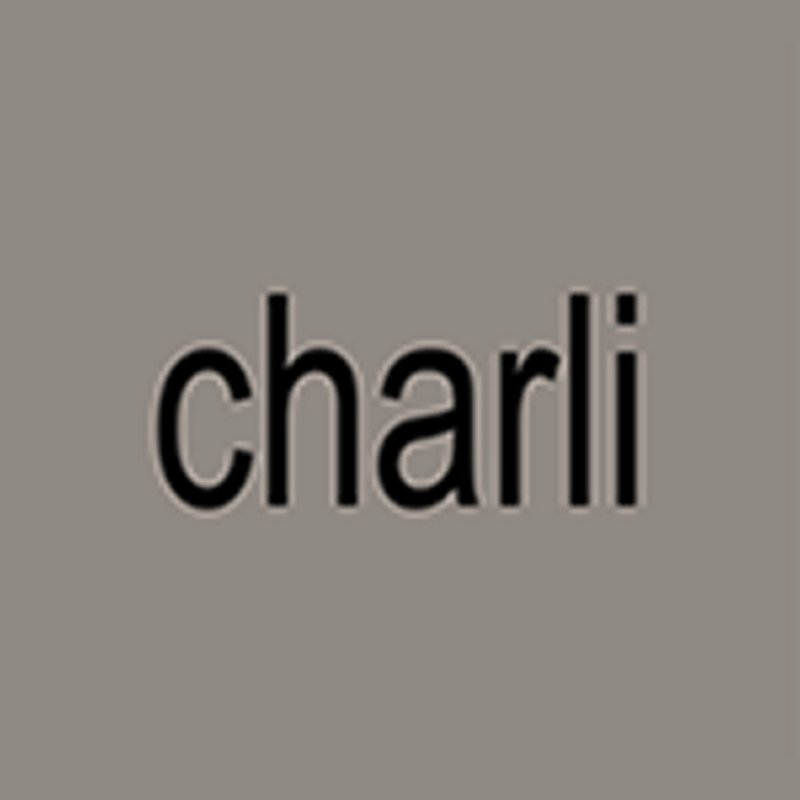Part 1 of an AROUSE special series
Does pop music really not hit the same?
Or do you just miss being 13 years old?
Nostalgia – the world’s greatest spice – enriches even the worst struggle meals. The sounds that permeate your formative years inform and develop the palate you’ll carry for the rest of your life. The autobiographical power of music – the inherent awe in someone sharing their raw feelings over wax/.WAV with the world and strangers everywhere ingesting it into their hearts and making it part of themselves – is nature’s magnum opus. One of my favorite parts of volunteering with the Day by Day Project’s Musical Memories club – a service project where students can help provide silent discos and live music for dementia patients – is getting to sympathize with and dance through the joy of recovering cherished memories to timeless tracks like Johnny Cash’s “You Are My Sunshine” and the Beatles’ “Twist and Shout.” Seeing the gratitude painted across their faces brings life’s highest satisfaction.
I think every oldhead decrying ‘mumble rap’ and how ‘pop music isn’t popping like it used to’ wears over-corrective rose-tinted spectacles. Gen-Xers complained Madonna and Cyndi Lauper floated echelons above Lady Gaga. Millennials and nostalgia fiends boast Lady Gaga lies gradations above Chappell Roan.
It might be recency bias, but 2024 has been one of my favorite years for music in living memory. From the BRAT community that’s formed around Charli XCX’s summer album to the Cowgirl Summer lead by Beyonce to the glitchy alternative hits released by artists like ericdoa and Porter Robinson, in 2024, pop music has vaulted to a dizzying peak.
However, I’m very much an outsider looking in when it comes to pop. While I’m not as pretentious as I used to be, I’m somewhat self-aware about my musical superiority complex. Even in middle school, I preferred the immersive trance of Grimes’ Art Angels over Selena Gomez’s Revival. Once I heard Bjork’s “Hyperballad”, I could never go back to Alessia Cara’s “Here” or the auditory assault they call Shawn Mendes’ “Stitches.” Even in terms of boy bands, the best compromise I can give you is BROCKHAMPTON.
All summer, I’ve interrogated this bias: why do I like Charli XCX but not Taylor Swift? Why do I adore the ecstasy of Magdalena Bay’s “Image” but feel so indifferent to Girl Meets World-alum’s caffeinated “Espresso”? Is there a discernible difference between pretentious ‘art pop’ vs and plebian ‘commercial pop’? Is it all just social-in currency and cultural signifiers, or is there more to it? Maybe commercial pop should be treated with a little less cache. I mean, does it make sense for Pitchfork journalists, Anthony Fantano, or Shawn Cee to review Ice Spice or Ariana Grande with the same straight face they review Fiona Apple or billy woods? A few decades ago, this neutrality would’ve been laughable. Looking only at ratings can be reductive, but how can Pitchfork offer Ice Spice’s Y2K a 7.6 after giving UTOPIA a 5.7? We all have different metrics for what qualifies ‘good music’; when talking about literal ‘popular music,’ many stans opt to flaunt their favorite artists’ chart success and online buzz, and in the same breath brag about looping playlists while asleep. Some argue for the meritocracy of the almighty algorithm, but ignore its obvious faults. I enjoyed Tommy Richman’s white boy summer anthem “MILLION DOLLAR BABY”, but a third of my streams for that song can be attributed to Spotify prescribing it after any album/playlist. No matter the genius of a new song, without the passive exponential growth brought by autoplay, few can dream of a smash hit.
Comparing Michael Jackson to Drake or Taylor Swift feels sacrilegious for reasons greater than the striking quality disparity. Michael Jackson’s chart records were based on intentional sales and purchases, while modern hitmakers coast on the feedback loop created by autoplay. With the lack of cultural impact but chart-topping commercial success of Tortured Poets Department, it has become apparent how the charts are only a single (and outdated at that) metric for success due to auto-play and playlisting skewing the numbers and there being no quantifiable way to estimate intentionality in listening — especially when not everyone can afford to buy physicals of all their favorite releases or invest into the aesthetic of vinyl records. Oftentimes, these sales wars like those between Sabrina Carpenter and Travis Scott end up just being a pH test for the socioeconomic stability of respective fanbases. However, I don’t think this passivity is all that subconsciously separates a Tate McRae from a Caroline Polachek.
Pop music is more than just “popular” music. I think our answer lies in what pop music means for different people. With Rap and R&B tied to the story of Black Americans, looking down on hip hop culture often translates as looking down on Black people. Disco and house are likewise inextricable with the LGBT community. Whose story does pop music tell? Is pop just tunes for children to bob to at middle school dances? Is it purely propaganda to pacify people on their morning commutes? Mall-goers?
Pop once meant rock jams like the Beatles’ “Help!” or Van Morrison’s “Brown Eyed Girl”, but evolved to be more associated with EDM, disco, and the continuum between. Modern rock music’s identity has splintered between white people making self-referential guitar pop for syndication (or a sushi restaurant) in the mainstream and subcultures of British communists angry at jingoists and the Brexit.
Noting the obvious hand of disco in post-COVID pop music from the Doja Cat’s seminal “Say So” to Dua Lipa’s “Don’t Start Now,” the not-so-secret sauce might just be that the best popstars are gay. The uplifting of some pop music’s reception could be attributed to its identity being tied to American gay communities. This would align with all the approbation for Billie Eilish’s sapphic Weyes Blood-tinged third album “Hit Me Hard and Soft”.
However, the face of BRAT summer was shockingly straight…


Leave a Reply